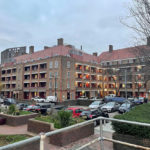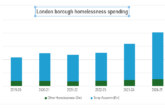Heat from the chalk aquifer beneath London is being used to heat three South London housing estates by retrofitting heat pumps to save carbon emissions, explains Anastasia Mylona, Technical Director of CIBSE.
Homes on Consort, Newington and Wyndham estates in Southwark were originally supplied with heat from a local district heating network using gas-fired boilers. Now, with this innovative scheme completed in September 2022, five specially developed water source heat pumps have been retrofitted to the networks to provide low carbon heat to warm over 2,000 homes.
This is a project that demonstrates how heat networks can be upgraded using engineering expertise and innovative technology, which was why it was shortlisted in the Project of the Year Residential Category in the Chartered Institution of Building Services Engineers 2024 Building Performance Awards. These prestigious awards recognise proven performance in completed buildings.
The scheme is predicted to help London Borough of Southwark reduce its carbon dioxide (CO2) emissions by 1,774 tonnes per annum as part of the Borough’s climate strategy and action plan. By reducing the need to burn gas, it also helps reduce harmful nitric oxide and particulate emissions, improving local air quality. Of the five heat pumps, two 600 kW heat pumps have been installed in the plantrooms at both Newington and Wyndham estates while a single 1,000kW unit serves the Consort estate.
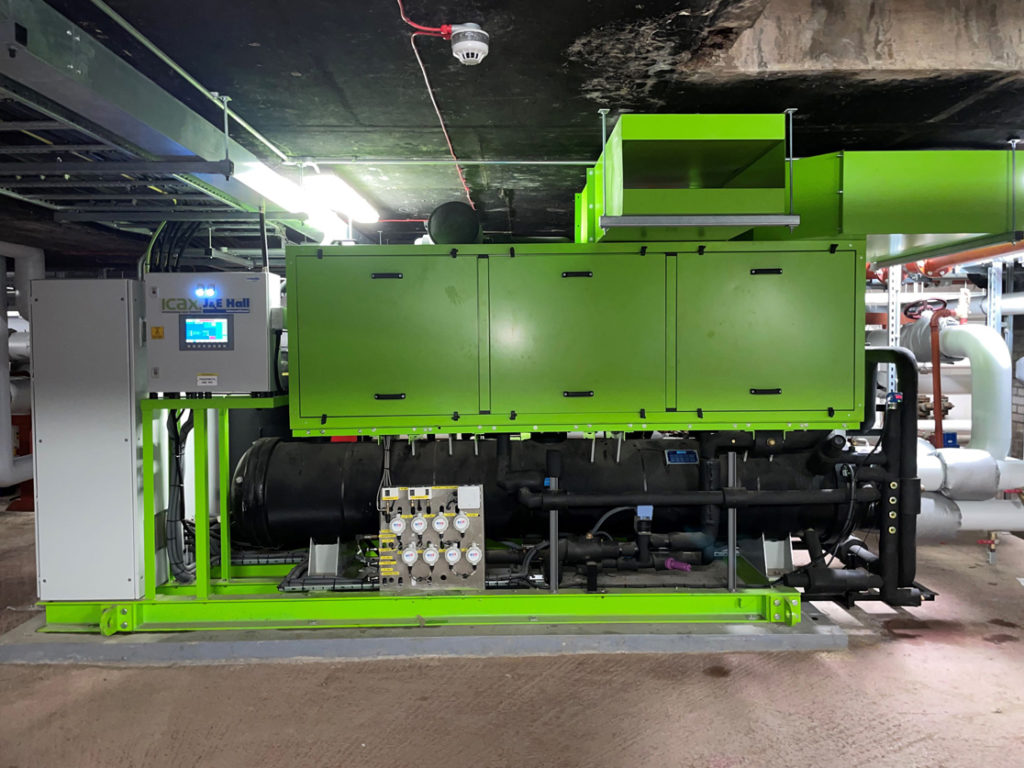
Keeping disruption to a minimum
To minimise disruption to the residents on all three estates, the gas-fired boilers continued to operate during the installation. On all three installation, the gas boilers have been retained to add resilience and to provide top-up heat, if required, on the coldest winter days.
To squeeze the heat pumps into these already congested plantrooms, internal measurements were captured using laser scanning. These scans were then turned into realistic 3D images, which allowed the designers to work out how to precisely fit the new plant into existing spaces and to connect them into the existing heat network distribution pipework.
J&E Hall and ICAX worked closely with the Environment Agency to develop the scheme. The system works by pumping naturally warm water up from the aquifer, 120m below ground, to the new heat pumps. These extract heat from the groundwater and use it to heat the homes. The cooled groundwater is returned to the aquifer.
An incidental benefit of the scheme is that the temperature of the aquifer has been steadily increasing because it is used as a source of cooling for buildings in the capital. By removing heat from the ground water, this scheme helps reduce the rate of temperature increase.
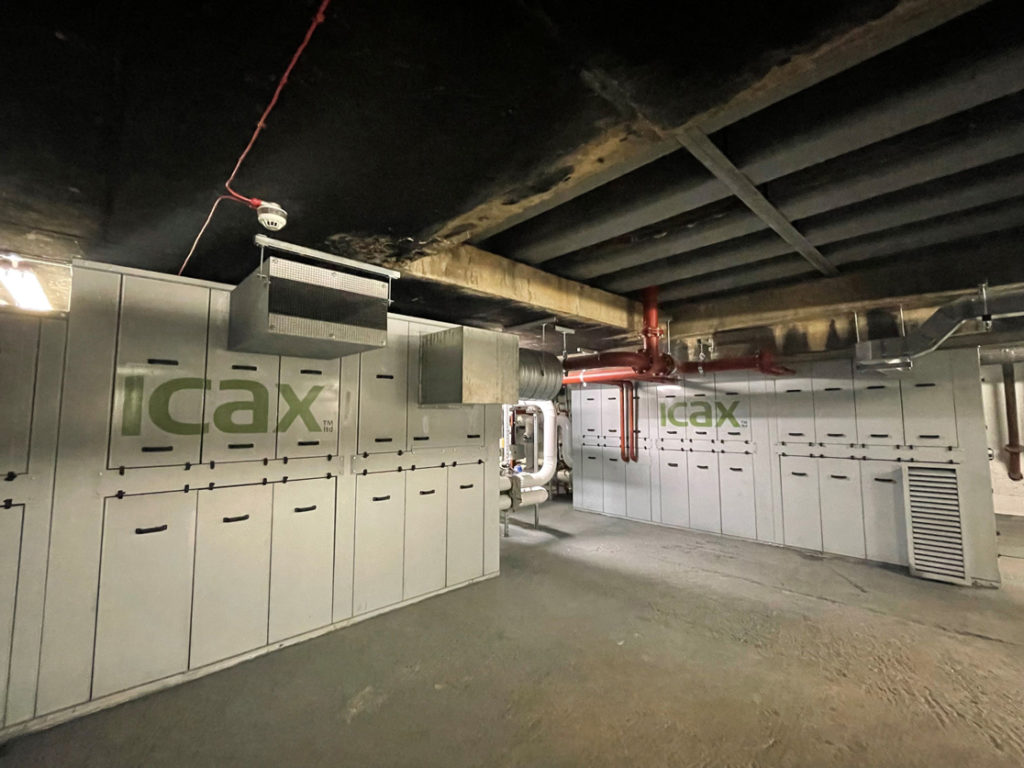
Higher temperatures
The heat pumps are unusual in that instead of providing heat at the more conventional 45ºC, they have been developed by J&E Hall in conjunction with ICAX to supply heat at 75ºC. This enables the units to connect directly to the estates’ existing heating systems and avoid the need to replace heating circuits and emitters in homes, which avoids disruption to residents and saves both time and cost.
Despite their higher than usual supply temperature, the heat pumps are still very efficient and supply 2.9 times as much heat energy as the units consume in electrical energy. Because heat pumps are powered by electricity there are no on-site emissions. While it is true that some CO2 will be released by power stations, the increased use of renewables to generate electricity means that the carbon attributed to the electrical grid will continue to fall.
The electricity supplied to the heat pumps will take advantage of Demand Side Management algorithms. Where this can be achieved without compromising the heat requirements of the homes, the heat pumps will run when there is surplus electricity on the grid while their use will be inhibited when grid prices are high.
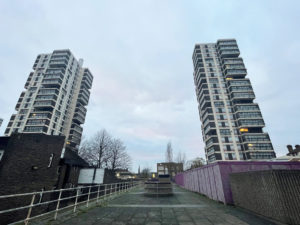 RHI funding
RHI funding
Funding for the project was from a £7m low interest loan from the Mayor of London’s Energy Efficiency Fund. This will be repaid with income from the Government’s non-domestic Renewable Heat Incentive (RHI), which has been secured by the council for 20 years. Without the RHI, the project would not have worked financially because the cost of electricity is currently more than the cost of gas for heating.
The RHI closed to new applications on 31st March 2021, so councils looking to implement similar schemes across the country will need to find other sources of funding — at least until the price of electricity drops significantly.
From the London Borough of Southwark’s perspective the project has been a success, despite some minor setbacks such as having to drill some of the boreholes in slightly different places to where they were originally intended of objects buried in the ground.
Following the successful installation, the London Borough of Southwark has implemented a five-year maintenance package to optimise the system’s operation and maximise its efficiency in operation.
For more information on CIBSE and the 2024 Building Performance Awards, please visit www.cibse.org.
Header image: Low carbon heat is being provided to homes on the Consort, Newington and Wyndham housing estates in Southwark via specially developed water source heat pumps.


